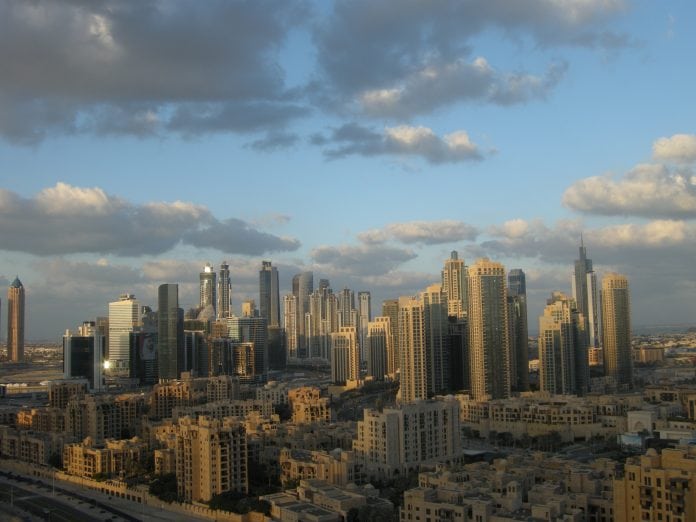
The UAE is reaping the benefits of ongoing since nearly ten years cloud seeding operations in the country. Experts say in March 2016 alone, rainfall averaged at 46 mm, compared to only 3 mm in the same month of 2015.
The likelihood of seeing more rain this year depends on the occurrence of clouds suitable for seeding.
Cloud seeding in the UAE began when the government, together with the National Center of the Atmospheric Research (NCAR) in the USA and the University of the Witwatersrand in South Africa, started a programme to introduce cloud seeding technology. And thus began what is called rainfall enhancement via hygroscopic seeding. So far, in terms of seeding events, as they are called, this year has been the busiest.
To cloud seed, as explained by a meteorologist at the NCMS: “You need clouds that have bumpiness”. Bumpiness in the clouds is good, he says, adding that’s what they look for. It’s like an instinct before embarking on an operation.
“A good updraft will cause bumpiness.” So when you’re in flight and you experience turbulence mid-air, those conditions (called ‘clean air turbulence’) can be favourable to seeding.
The crystals injected into clouds are potassium chloride and sodium chloride. The phenomenon is akin to leaving table salt on your kitchen counter overnight and a day more. If you pay attention, you will see the salt left on the counter will turn dark and wet, because of the accumulated moisture and dirt from the kitchen air. The moisture is attracted to salt, and the principle works the same way for the fluffy clouds.
To conduct these operations, four planes are currently used to fire flares into the clouds and disperse tiny crystals that will pull moisture to them and cause puddles on the ground.
Most people are curious about the concept of cloud seeding but there is little clarity regarding what exactly the concept is, says a climate change official at the NCMS.
The coming days are not seen as reason to worry. As in summer months evidently, as many as four days a week are forecasted to have “frequent formations of clouds, and this is good news for us as it encourages seeding operations,” especially along The Hajar mountains in northeastern Oman and eastern areas of the UAE.























![The Square at Nad Al Sheba Gardens Now Open hope tax season treated you well! Just checking in—ready to refocus on growing your business? I remember how we discussed scaling your [specific aspect of their business, e.g., online presence] but paused due to time constraints. We now offer a streamlined 6-month plan that delivers real results without adding to your workload. Let me know if you'd like to chat—I’d love to help you pick up where we left off!](https://www.dubaichronicle.com/wp-content/uploads/2024/11/The-Square-5-218x150.jpg)









